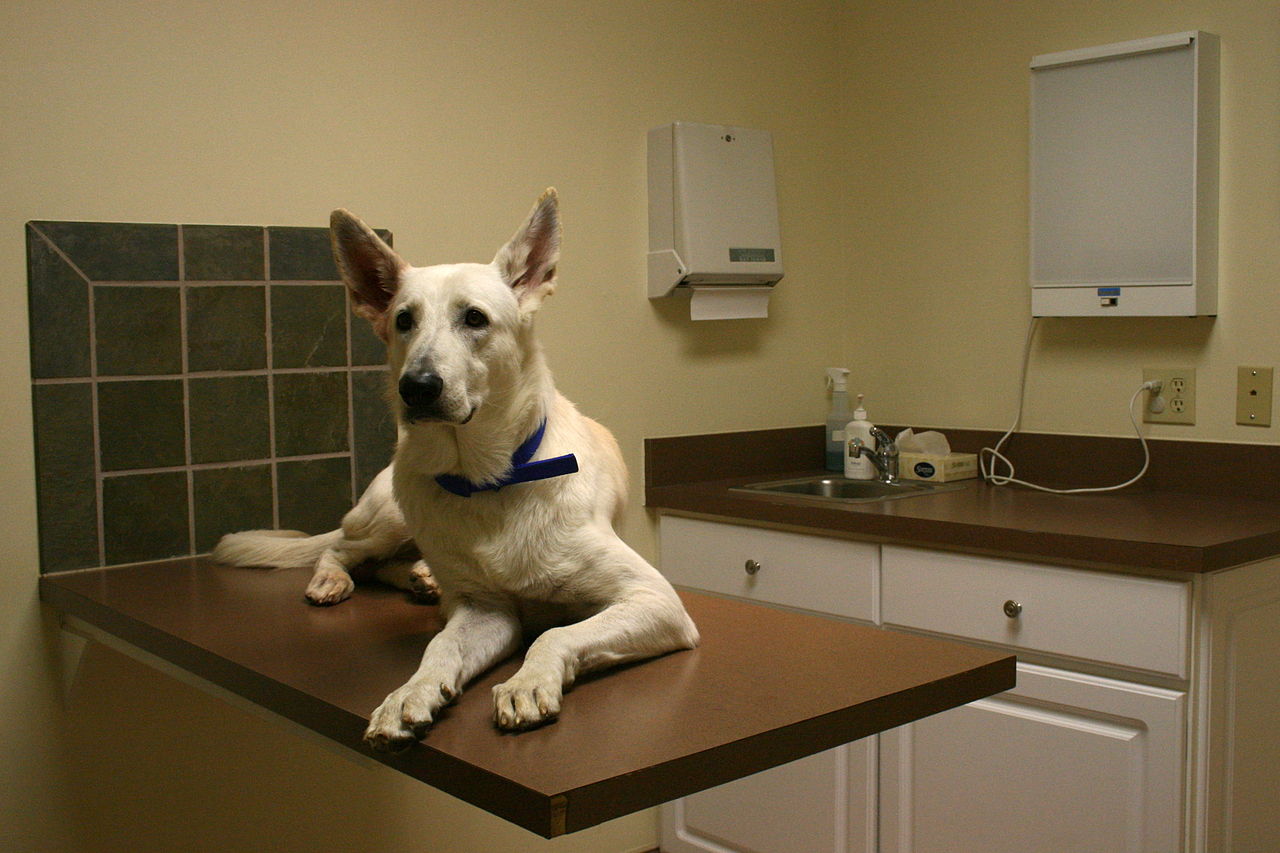To answer the question, in many instances elevated feeders can be more comfortable for your pet and even easier for you.
Older pets, cats and dogs with arthritis or other neck or joint problems may find food and water dishes placed directly on the floor painful to reach. This raises the possibility that these pets eat and drink less. They can be lacking in proper nutrition and become dehydrated.
I noticed m own GSD, Quanah, who is arthritic and has had hip replacement surgery as well as TTA surgery on her knees, lying down to reach her dish to eat. This posture does not provide good digestion. (I’ve since switched to elevated dishes).
Some cats and dogs suffer from a condition called Megaesophagus in which the muscle that contracts, pushing food into the stomach does not work properly. The accumulation of food in the esophagus causes regurgitation. An elevated feeder along with gravity can help push the food into the stomach.
Some time ago it was thought that elevated feeders help prevent bloat/stomach torsion. However that is now believed to be untrue. Gastropexy surgery, in which the stomach is tacked to the abdominal wall helps to avoid re-occurrence. The surgery is sometimes performed as a preventive, especially in larger breeds. Stomach torsion is very serious and needs immediate attention. Fortunately in Quanah’s case, it was caught in time. Quanah underwent gastropexy at the same time and after 6 years, there has been no re-occurrence.
Another advantage of elevated feeders is that anyone suffering with back or joint problems doesn’t have bend down so low to feed and water pets. This is definitely a good thing, especially if you have multiple pets. Feeding and watering areas remain cleaner too.
Elevated feeders are available in a variety of styles, sizes and materials making it easy to match your decor. If you see your cat or dog having problems, consider changing to an elevated feeder that is right for your pet.

